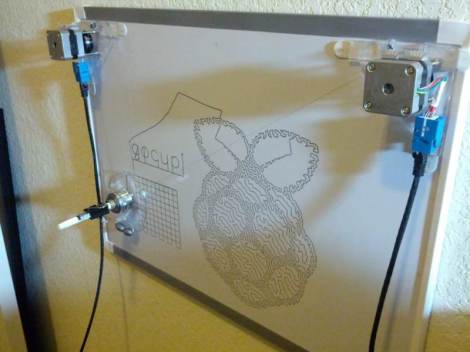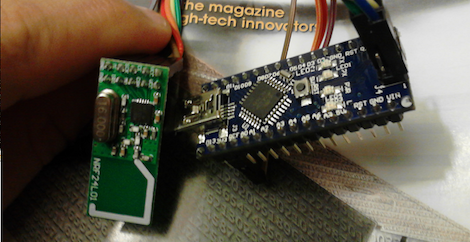When we decided that our template needed a remake several years ago, we knew it was going to be a long and difficult process. We offered you a chance to give us some input in a recent post and now we are releasing the first iteration of the new template.
For those that saw the mockups and gave us your opinion, you will be happy to see we actually listened to many thoughts and incorporated them in our final design. We worked with some people at Google to determine what features should be tossed and what to keep, and what we have ended up with, is what you see. We also acknowledge that not everyone will love the change, but we feel it is a move in the right direction. We’re really happy how it has ended up.
I want to offer a special thanks to [Stephanie Froehner] who put tons of time into making this template pretty, even if it has been hacked and slashed a bit since then.
Join me after the break for an explanation of some of the new features and upcoming features.

















